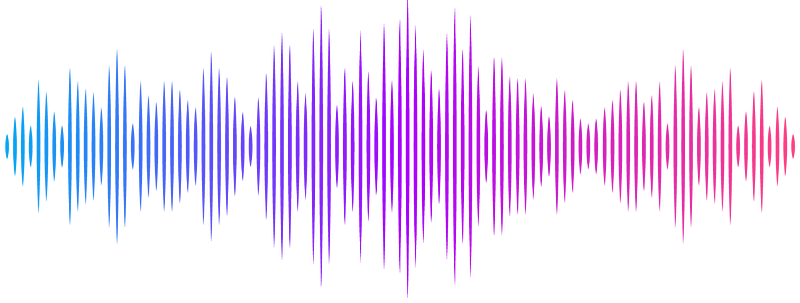Cortical tracking of postural sways during standing balance.

Cortical tracking of postural sways during standing balance.
Legrand, T.; Mongold, S. J.; Muller, L.; Naeije, G.; Vander Ghinst, M.; Bourguignon, M.
AbstractMaintaining an upright stance requires the integration of sensory inputs from the visual, vestibular and somatosensory-proprioceptive systems by the cortex to develop a corrective postural strategy. However, it is unclear whether and how the cerebral cortex monitors and controls postural sways. Here, we asked whether postural sways are encoded in ongoing cortical oscillations, giving rise to a form of corticokinematic coherence (CKC) in the context of standing balance. Center-of-pressure (CoP) and center of mass (CoM) fluctuations and electroencephalographic cortical activity were recorded as young healthy participants performed balance tasks during which sensory information was manipulated, by either removal or alteration. We found that postural sways are represented in ongoing SM1 cortical activity during challenging balance conditions, in the form of CKC at 1-6 Hz that was stronger for CoP compared with CoM fluctuations. Time delays between cortical activity and CoP features indicated that both afferent and efferent pathways contribute to CKC, wherein the brain would monitor the CoP velocity and control its position. Importantly, CKC was behaviorally relevant, as it predicted the increase in instability brought by alteration of sensory information. Our results demonstrate that human sensorimotor cortical areas take part in the closed-loop control of standing balance in challenging conditions. They demonstrate that CKC could serve as a neurophysiological marker of cortical involvement in maintaining balance.